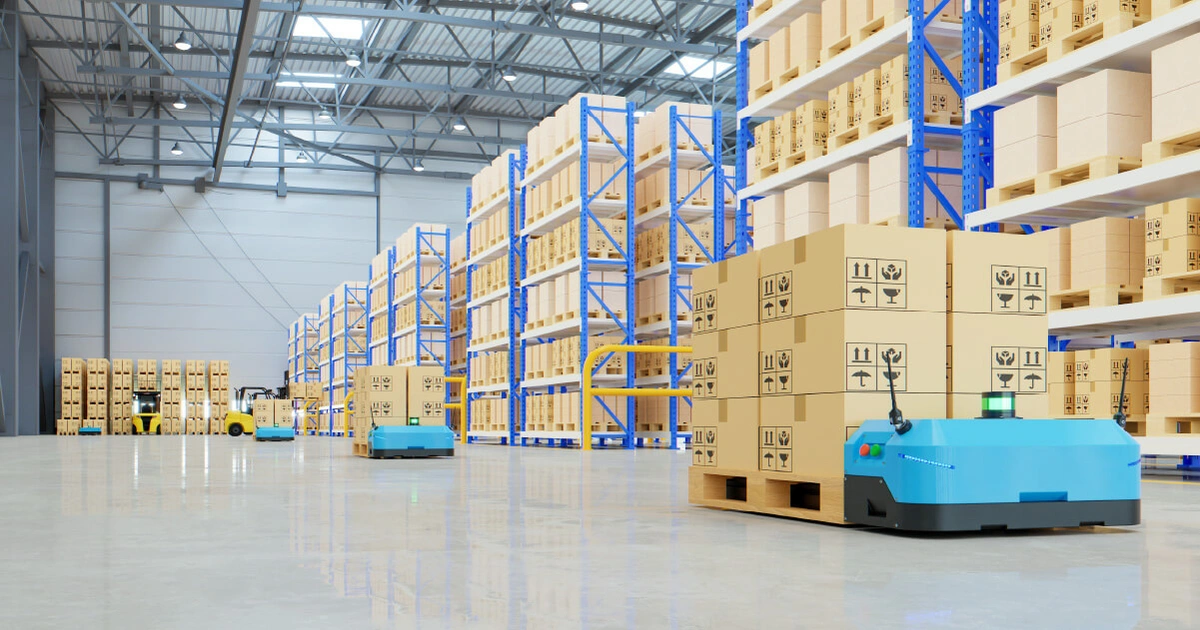
A look at how labor shortages are driving supply chain disruption and rising costs
Consumer Products Manufacturers like you are facing multiple challenges: labor shortages, supply chain issues, inventory management and rising raw material costs. The most “in your face” result is inflation and consumers are seeing an unprecedented everyday price increases across categories. Historically, price increases have been very difficult to execute, especially if you are not the category leader. They need to be sold by the leader. No manufacturer, unless you are the category leader, wants to take pricing first.
According to the Bureau of Labor and Statistics from 2016 through 2019, the CPI percentage price increase over the adjusted period for consumer products was an average of 1.9%. As such, this type of increase was offset with a reduction in trade or a cost absorption somewhere along the supply chain, allowing manufacturers to keep prices unchanged and maintain margin.
As of October 13, 2021, the Consumer Price Index for All Urban Consumers (CPI-U) per the U.S. Bureau of Labor Statistics reported:
And in speaking with multiple CP manufacturers, I am hearing unprecedented price increases upwards of 12% with a potential for more.
Of course, CP manufacturers can’t take that kind of increase to every consumer and they can’t blindly take it to every retailer. They need to protect their market share and be competitive, and “ease” into the increase over time. To reduce the “sticker shock”, CP manufacturers will have to “Price Protect” which will require some thinking and decisions. So, what needs to be done?
- “Robbing Peter to Pay Paul" The impact to all customers of a price increase can be devastating, CP manufacturers will have to select some customers to keep the price the same or protect the price. This requires 2-steps:
- Who do I protect?
- Who do I take the money from, to fund the retailers I want to protect?
- “Sleight of Hand” Reduce trade or increase list price appears to be two different items, but they are not. The decision on which avenue to pursue depends on the category and the impact of a change to the frequency and depth of merchandising conditions.
- “It will Scare the Pants Off You” Pricing thresholds: Consumers are sensitive to a price point, for example, a product at $2.99 increased to $3.25 can influence shoppers enough to try another brand in the category which leads to base erosion, costing millions in gross revenue. A 26-cent increase can lead to this.
- “So, what do You Think of the Dealio” Can deal modification reduce trade spend by being disguised with a change in deal offering? Instead of 2 for $5.00, consider 3 for $8.00. The impact to incremental volume could be tremendous.
All of these decisions require careful thinking and tough choices leading to long term effects, good or bad. Bad decisions will cost you a lot in terms of gaining category share whereas good decisions will help you weather the storm. Eventually, the Skipper’s good decisions got the passengers of the SS Minnow off the island.
Get the latest news, updates, and exclusive insights from Vistex delivered straight to your inbox. Don’t miss out—opt in now and be the first to know!

